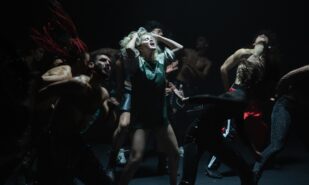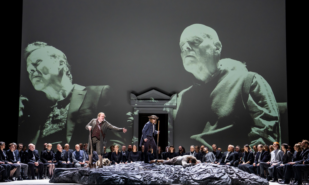In modern London, the number of galleries, if accurately calculated, would likely rival the abundance of Christian churches in Renaissance Rome. A proliferation of art so vast that keeping abreast of all vernissages, let alone attending them, is an inherently impossible task. On a recent Friday, the LC team managed to cover two noteworthy openings.
Yes and No: Insights from the David Zwirner Gallery and Sadie Coles HQ

David Zwirner Gallery presented “Pennungal: Lives of Women and Girls,” an exhibition by Indian artist Sosa Joseph. Her paintings serve as visual chronicles of the quotidian rhythms in Parumala, her native village in Kerala’s landscapes, which she left at 24 for the state’s capital, Kochi. Joseph’s works capture the quintessence of everyday life: mothers teaching daughters to care for the elderly; a young girl slicing a jackfruit; a figure in a red blouse contemplating by the river’s edge. The routine is occasionally punctuated by moments of drama—a villager bitten by a viper in sugarcane fields, or a pregnant woman found drowned—yet the theater of domestic life will resume its usual program the next day.
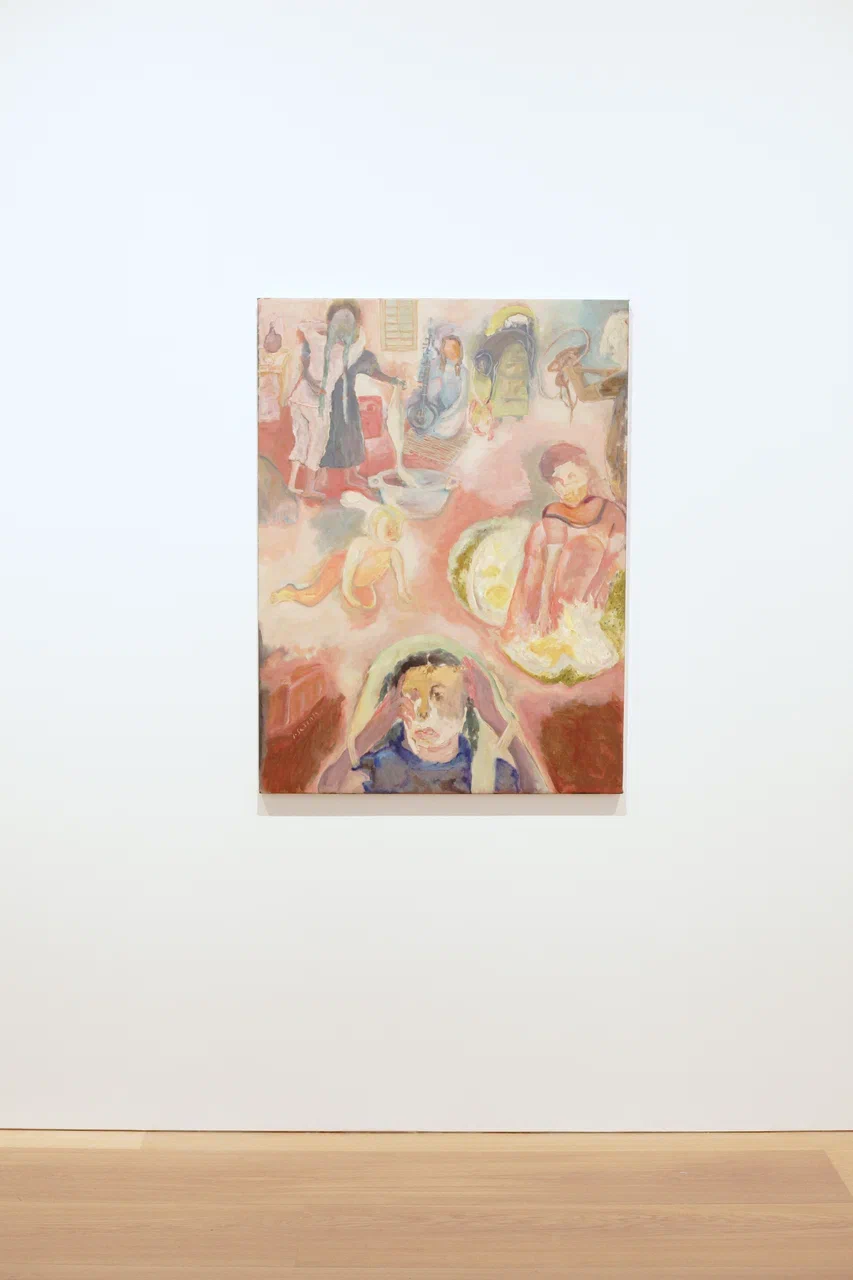
Joseph’s artistic process melds an intuitive approach with the wellspring of her childhood memories. At her studio, she works simultaneously across multiple canvases, adding new fragments and plots as she navigates between them. The resulting whirl of mosaic motifs invites the viewer’s imagination to meander through the compositions, evoking the rich, layered narratives of Indian mythology.
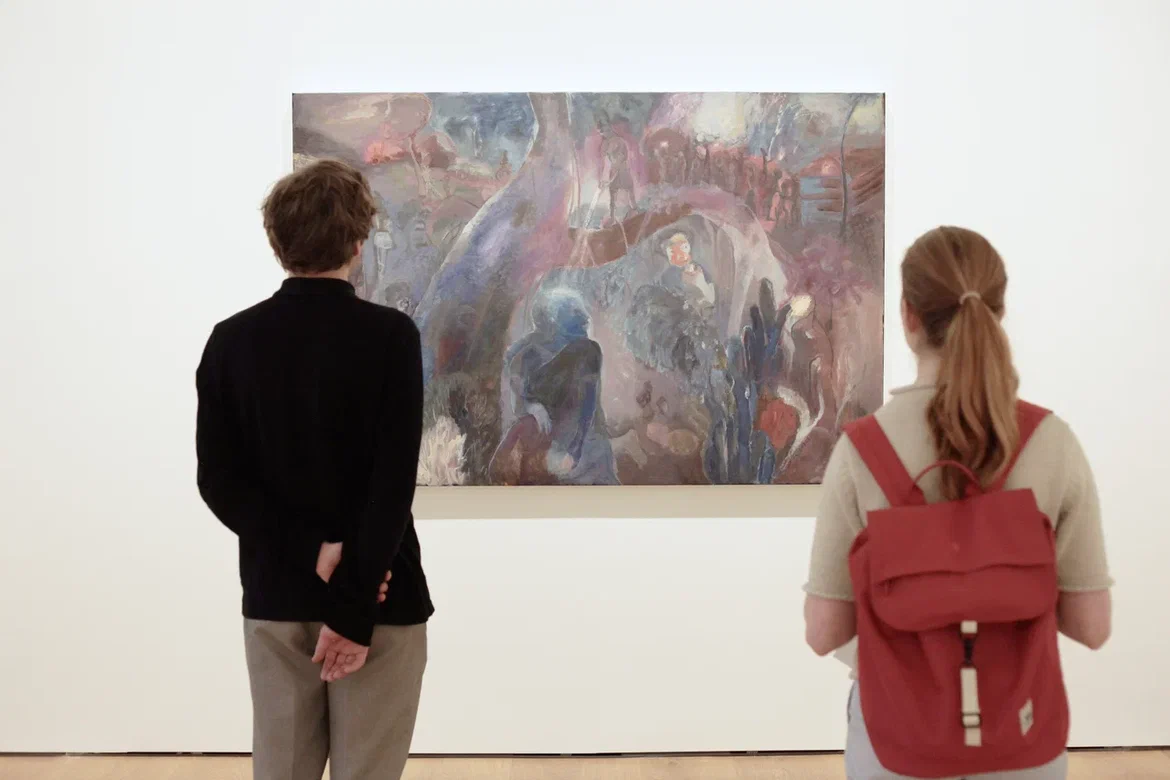
Parumala village—one of the rare places where agriculture thrives below sea level. The Pamba River, a lifeline for the region, bestows blessings and disasters in equal measure, its waters symbolizing both sustenance and eternal escape. Joseph’s naive technique seems to borrow its fluidity from the river: though she employs oils, her works exude the quality of impressionistic watercolors. In her renderings, human life and nature are entwined, with verdant forms providing both backdrop and context for her art.
“Pennungal: Lives of Women and Girls” emerges as an intimate visual memoir, a nuanced exploration of the traditions, taboos, and mores—both secular and religious—that define women’s roles in Indian society. Through her art, Joseph offers a poignant reflection on the complexities of rural life and the enduring spirit of women in her community.

A short stroll from David Zwirner Gallery towards Berkeley Square leads to Sadie Coles HQ, where American artist TJ Wilcox presents his latest exhibition, “Hiding in Plain Sight,” a homage to Eileen Gray—a pioneer of modernist design whose avant-garde vision revolutionized 20th-century aesthetics. Gray’s Gesamtkunstwerk, villa E-1027 on the French Riviera, stands as both a manifesto of the “international style” and a testament to her relationship with Romanian-born architect Jean Badovici. The villa’s design caught the eye of Le Corbusier, stirring a complex cocktail of admiration and envy. Unable to acquire E-1027, Le Corbusier settled for a neighboring plot, where he built his Cabanon de Vacances—the only residence he ever constructed for personal use.
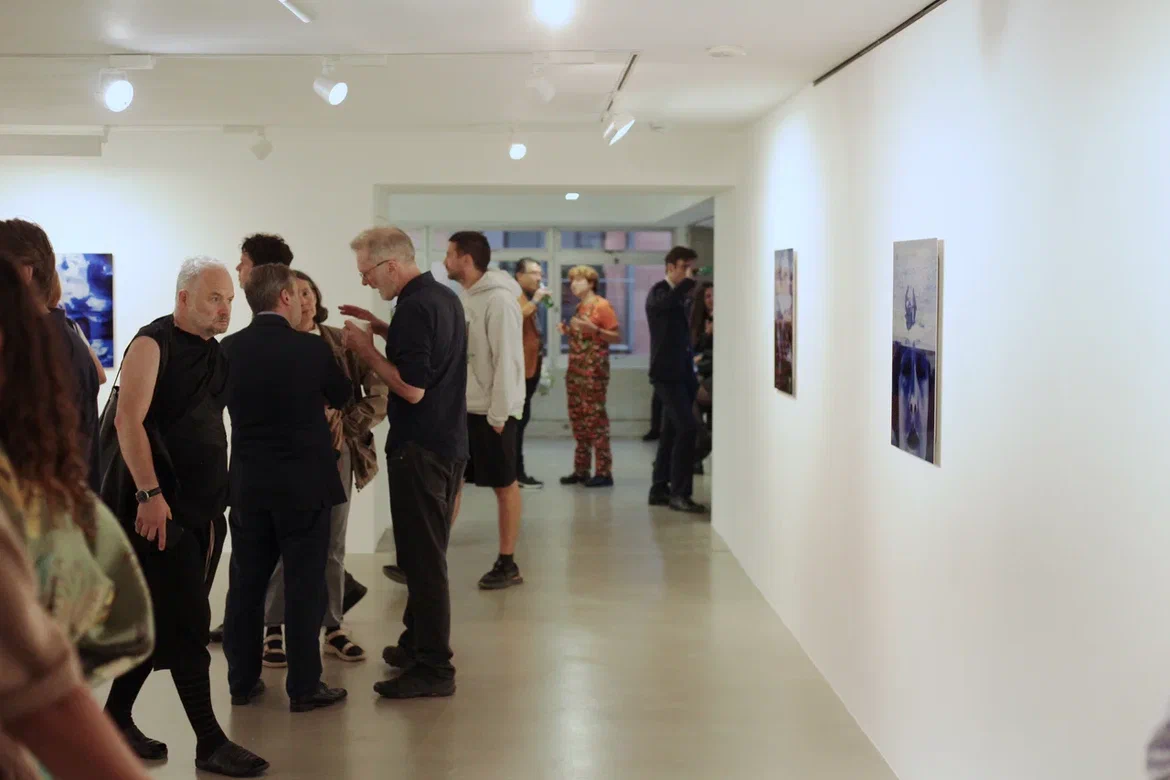
The exhibition’s centerpiece is a dual-channel projection spanning the gallery’s imposing 10-meter interior wall. One video showcases the recently restored exterior of E-1027, now open to the public, which Wilcox was among the first to document. The other presents a montage of late 1920s film fragments, bathed in a distinctive blue filter. This chromatic motif permeates the entire exhibition, continuing on the gallery’s upper level, where blue-tinted prints of film stills are etched onto aluminum plates.
Through his work, TJ Wilcox reflects on the fluid nature of historical narrative: Gray’s legacy, once obscured by time, was rediscovered in the second half of the 20th century. The English company ARAM acquired the license to produce furniture based on her designs, and these items continue to be manufactured to this day. In 2013, Gray’s early masterpiece, the Art Deco “Dragons” armchair, fetched a staggering $31,000,000 at Christie’s—a record for a 20th-century interior item.
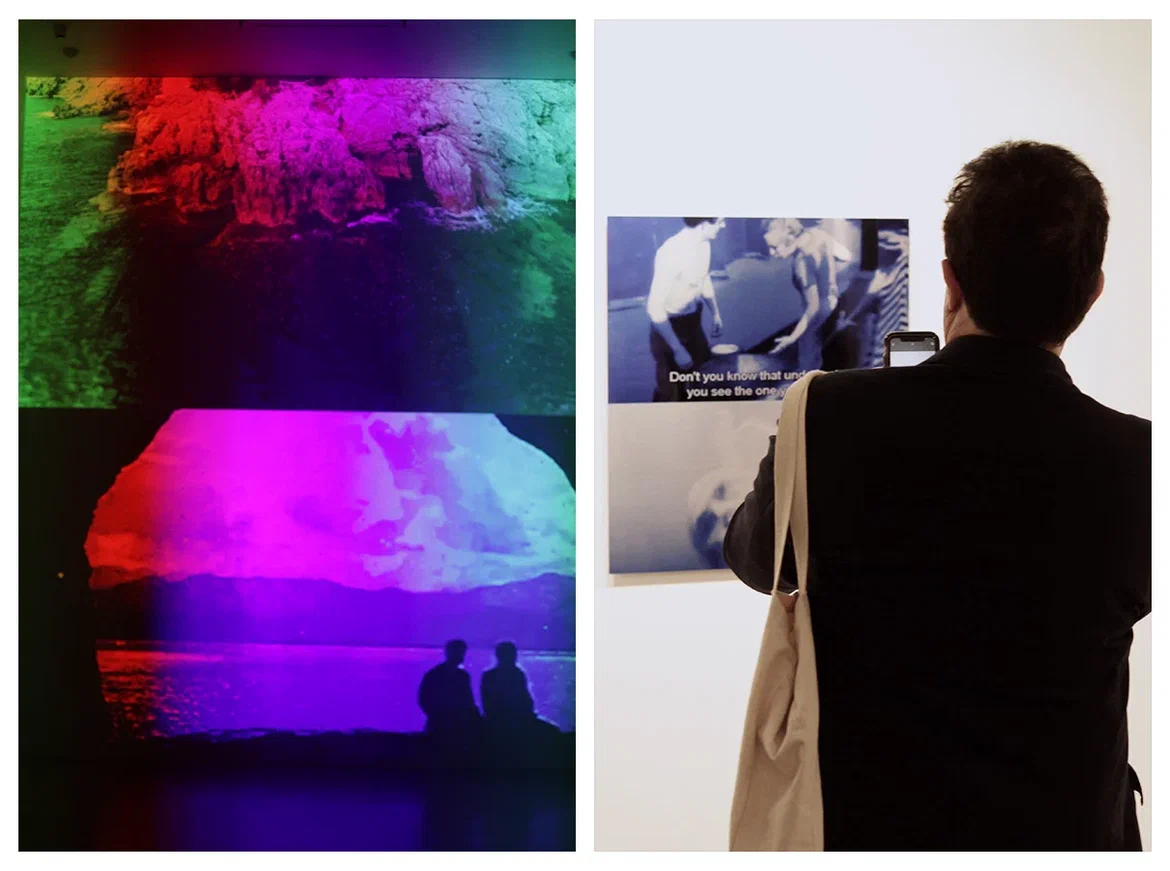
Wilcox’s project is an act of cultural archaeology, exploring how the fabric of history is woven from personal stories, myth, memory, free associations, and the ceaseless flow of information in which we all exist. Figures like Gray regain their significance through this lens, and the past becomes tangible, endowed with the potential for reinterpretation and change.



